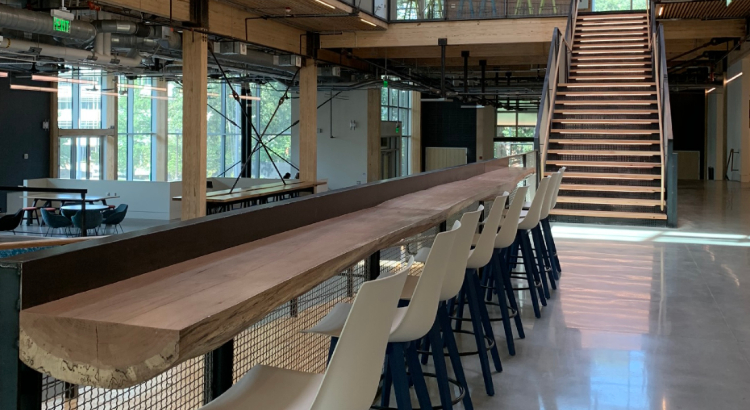Who doesn’t love wood? Its texture and color exude a sense of warmth that’s almost elemental.
Living Building Challenge projects often use wood both as structural components and for finishes because of the material’s carbon-storing qualities — not to mention its natural good looks. Now, there may be another reason: Studies have found that SARS-CoV-2 lives longer on smoother hard surfaces such as stainless steel, plastics and polished granite.
It should be noted that scientists haven’t even documented a case of COVID-19 being acquired from a touched surface. But the CDC and other public health agencies warn that surface-to-person transmission, thought difficult to prove, still may be happening.
So a natural question would be; What surface is less likely to carry the live cells of the virus? In one study published in The Lancet, infectious SARS-CoV-2 cells couldn’t be found on wood within two days of the virus being applied. For glass, the infectious cells couldn’t be detected on day four. For stainless steel and plastic, it wasn’t until day seven. Other researchers have reached similar conclusions.
Copper’s well-known biocidal properties make it an exception. The virus only had a four-hour infectious lifespan when applied to copper surfaces. But the use of copper and its alloys seldom extends beyond fixtures and plumbing.
Among the most widespread permanent surfaces, wood appears to be the least hospitable host.
— Ken Edelstein
This post is part of a series on “10 COVID-combating features in a Living Building.” Click here to view the main article.


